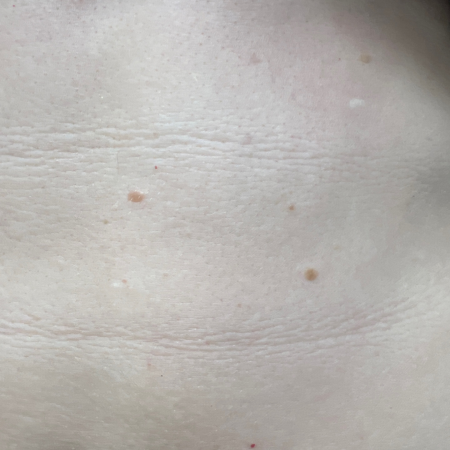Seborrheic Keratoses
Introduction to Seborrheic Keratoses
Seborrheic keratoses (SKs) are common, non-cancerous skin growths that can develop on any part of the body. Although they are often mistaken for other skin conditions, SKs are benign and do not pose significant health risks.
Identifying Seborrheic Keratoses
Seborrheic keratoses usually begin as small, rough bumps that gradually thicken and develop a wart-like surface. These growths can vary in color from light tan to black and may have a smooth, waxy, or rough texture, similar to sandpaper. Some SKs have a distinguishing trait of appearing “stuck on” or having a waxy appearance.
Causes and Risk Factors
The exact cause of seborrheic keratoses is unknown. However, genetics and sun exposure are believed to be major contributing factors. These growths often run in families and tend to appear in sun-exposed areas of the skin.
Who is Most Likely to Develop Seborrheic Keratoses?
Seborrheic keratoses can develop in anyone, but they are particularly common in older adults. The likelihood of developing SKs increases with age.
Typical Locations on the Body
These growths can appear anywhere on the body but are most frequently found on the head, neck, chest, and back. They are usually painless but can become irritated and itchy, especially if they are rubbed by clothing.
Conditions Often Confused with Seborrheic Keratoses
Certain skin conditions can resemble seborrheic keratoses, including:
- Warts: Warts are generally harmless but can be mistaken for SKs due to their rough texture and tendency to appear in clusters. Unlike SKs, warts are caused by a virus.
- Moles: Moles are typically more symmetrical and uniform in color, but they can sometimes be confused with SKs. It’s essential to differentiate between a benign mole and a potential melanoma.
- Actinic Keratosis (AK): AKs are rough, scaly patches that have the potential to become cancerous and are often mistaken for seborrheic keratoses.
- Melanoma: Any new or changing growth should be evaluated by a dermatologist to rule out melanoma, a serious skin cancer.
Effective Treatment Options
While seborrheic keratoses do not require treatment, many people choose to remove them for cosmetic reasons. Treatment options include:
- Cryotherapy: Freezing the growth, which causes it to fall off within days.
- Electrosurgery and Curettage: Using an electric current to remove the growth, followed by scraping the skin to remove any remaining cells.
Additional Considerations
Distinguishing Actinic Keratosis (AK) from SK
Actinic keratoses are rough, scaly patches that have the potential to become cancerous and are often mistaken for seborrheic keratoses.
The Importance of Monitoring for Melanoma
Any new or changing growth should be evaluated by a dermatologist to rule out melanoma, a serious form of skin cancer.
Preventive Measures and Regular Check-ups
While seborrheic keratoses cannot be prevented, regular skin check-ups can help monitor and manage any skin growths, ensuring they remain benign. Protecting your skin from excessive sun exposure by using sunscreen and wearing protective clothing can also help reduce the risk of developing new growths.

